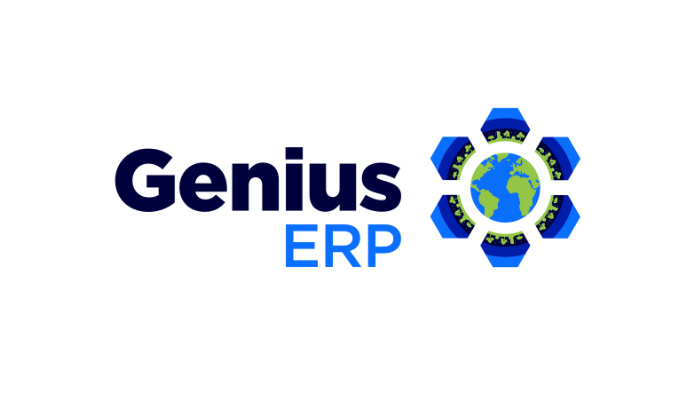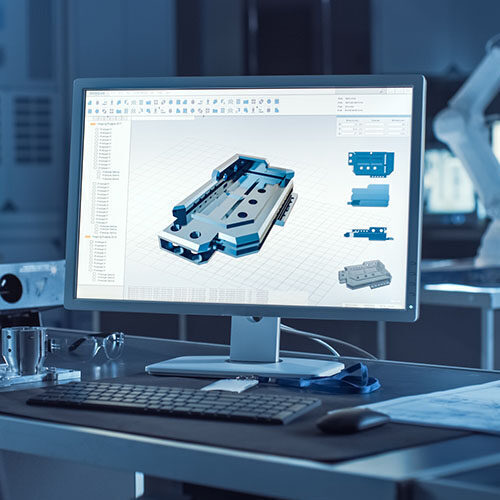
Given that the world is changing at an ever-increasing pace, manufacturers often find it difficult to stay up-to-date with new trends and emerging technologies. But, the ability to adapt and change is critical for any manufacturing company that wants to stay competitive and grow in the long run.
The truth is there will never be a right time to start a new project, implement new technology, or change an operational process. However, this doesn’t mean that you should avoid doing things to improve your business; instead, it means that you need to start implementing changes now — and work on establishing practices and creating processes within your organization to help you manage change more effectively. Making some essential cultural shifts will help you to be an organization that continually adapts and embraces change to stay ahead of the competition.
How to Embrace Change (Even When It Is Difficult)
Change Your Mindest
One of the biggest ways manufacturers can learn to deal better with change is to become an organization that embraces a culture of continuous improvement. Manufacturing companies that focus on continuous improvement are not only more likely to succeed in an ever-changing business environment, but they are also more likely to implement changes when needed.
This type of company culture prioritizes continually making small changes that improve operational processes. It involves constantly reviewing processes and procedures, looking for ways to make them more efficient and effective. It’s important to encourage feedback from employees at all levels of your organization and to use this feedback to make meaningful changes.
If your staff is always focused on making improvements and changes — and is included in the change-making process — they will naturally become more comfortable with change over time.
Communication is Key
The best way to get your staff on board with any new project or change is to communicate your vision. If your team doesn’t know why a change is being made — and if they haven’t been kept in the loop — they will not want to go through the disruption the change will bring to their jobs.
It’s on you to share your vision with your team by having clear and open lines of communication. Let them know why you are changing things up, how the change will streamline operations and the benefits it will bring to the entire organization. But also be open and honest about the disruption a new change will bring to the workplace and the time and resources it will take to implement. Don’t sugarcoat things, thinking it will make change easier — openness and honesty is always the best policy to follow.
If your staff understands your vision and understands why they need to change how they do their jobs, they will be more receptive to the change and ensuing disruption. And don’t forget to thank them for their hard work throughout the process.
Get Key Stakeholders on Board
Get key users and stakeholders within your company on board with operational changes right from the outset. If you know how vital your operations manager or scheduling manager will be to the process, get them involved from the very beginning. Help them understand how the changes will benefit your business and encourage them to become an active participant in the project. Doing so can transform them from being a potential obstacle into a valuable ally and partner who can also help rally support from other team members.
Have an Internal Champion
Also, be sure to appoint an internal champion for any large change or project. A single person who acts as a champion can help see the change through and encourage your entire team to get on board with the new change. This individual needs to be able to walk a tight line between having a great deal of authority and influence within your company and being open, approachable and possessing excellent communication skills.
Your champion needs to be someone who can influence others within your organization and has the authority to escalate issues and resolve them quickly — but also be someone your staff feels comfortable coming to with their concerns and issues.
Ensure Your Strategic Plan Accounts for Change
A strategic plan is the roadmap that outlines your company’s goals and objectives and how it plans to achieve them.
It’s important to develop one that not only takes into account the ever-changing nature of the modern business world, but also your company’s ability to adapt to these changes. Your strategic plan must be flexible enough to accommodate new trends and emerging technologies that will help you to improve your business.
By building change directly into your business’s strategic plan, you will turn yourself into a company that is adaptable and responsive to constantly evolving market conditions, advancements in technology and customer preferences. This approach empowers your organization and staff members to embrace change, and become an organization that isn’t afraid to move forward and stay competitive.
Invest in Training and Development
To embrace change you must invest in training and development for your employees. This includes providing access to training programs, workshops, and seminars that help employees stay up-to-date with the latest trends and technologies. It’s important to create a learning culture where employees are encouraged to learn and develop new skills.
In addition to providing training opportunities, it is also important to recognize and reward employees who actively seek out opportunities for learning and development, as this reinforces a culture of continuous improvement, encourages ongoing professional growth and makes staff more open and comfortable with change.
Conclusion
Change isn’t easy, but learning to embrace it is critical for manufacturing companies that want to stay competitive and grow. By developing a culture of continuous improvement and effectively communicating your vision, along with building a solid strategic plan and investing in training and development, you can become the type of manufacturing company that adapts to new trends and embraces emerging technologies — even when it’s difficult — to help your business succeed.
—-
Implementing a new ERP system is one of the biggest changes you can ever make as a manufacturing company. An ERP system is one the best things you can do to boost efficiency and improve your operations — but can be a big change to manage. Download our eBook on How to Successfully Implement an ERP to gain some useful insights and techniques you can use to get a new ERP quickly up and running in your shop.
Get your eBook Scared to implement a new ERP?
"*" indicates required fields



